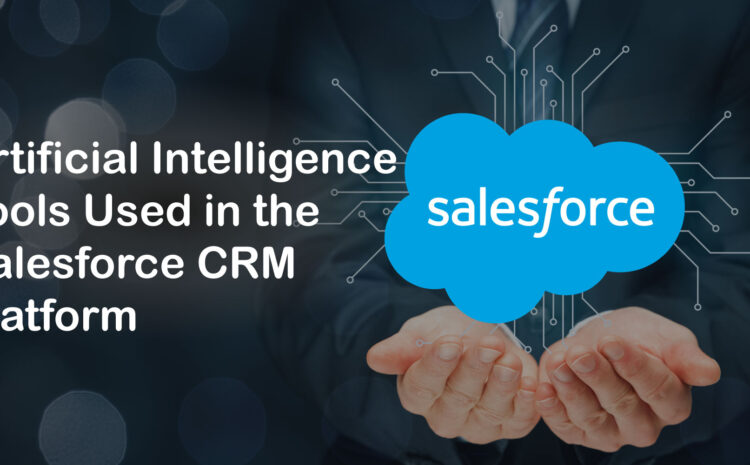Hi all! Have you wondered how companies handle different stages of complex project development from proposal to execution? Today, we bring you an information-rich article that tells you the secret of successful project implementation. Grab a drink and start reading!
For every organization, putting in place a CRM system is a strategic undertaking driven by pressing business needs, not to mention picky clients. However, these criteria change incredibly quickly in a digital environment.
Building a flexible and effective CRM system nowadays may appear difficult since, in a fast-paced world, both your expectations and your customers’ behaviors are subject to regular change. Businesses should design their systems to meet the requirements of business users while also considering feedback from their partners; resellers; and, of course, their customers. They can meet the needs of all stakeholders with an extensive platform like Salesforce. But to provide the most value, a solution like Salesforce needs to be tailored to the needs of the individual company.
How might you, in light of this, guarantee that your Salesforce implementation produces the ideal outcome for your clients? Let’s examine why using an Agile methodology is the perfect option for Salesforce projects and how it can assist businesses in creating a CRM system that is personalized to their needs.
What does the term “Agile” signify?
Agile can refer to a number of approaches, including Scrum, XP (eXtreme Programming), and Lean. The Agile Manifesto (2001), which standardized a number of these techniques, describes these approaches as follows:
- The client is involved in every step of the implementation process
- The approach is flexible
- The delivery of the merchandise is a top priority
- The secret to success is people, not methods
- It’s crucial to test
One of the most well-known Agile methodologies, Scrum, employs an iterative procedure. Sprints, or brief cycles, and continual development are the foundations. The project team determines which features are of the utmost importance to the client rather than creating an exhaustive design document outlining every last aspect of the anticipated product. Then, development can begin right away and be completed in phases, so the client is rewarded with smaller implementations along the way.
Why Salesforce and Agile Methods Get Along Well
Salesforce made the decision to use Agile approaches for its own product development in 2006.
Since that time, Salesforce ADN has incorporated Agile. Agile Accelerator, a Salesforce platform expansion created to help with Agile-style development, is suggested by the vendor itself.
As previously said, CRM processes evolve quite quickly. Building a CRM system using a predefined list of features is pointless today because the list will quickly become dated. Agile is, fortunately, a superior choice for businesses.
Agile is Good for Salesforce Projects
This project methodology is essential to achieving goals when a business prepares to adopt a software solution. Agile approaches have shown their value for Salesforce projects, where speed, flexibility, and customization are essential.
Users Promptly Receive a Working Solution
The early iterations of Agile methodologies are dedicated to creating a minimal viable product (MVP). The initial Salesforce solution is then continually upgraded, release after release. This enables the customer to submit continual feedback and witness an operating product relatively early in the process. Close releases also make it easier for customers to embrace the program because they can pick up using it at their own pace. The faster a corporation has the solution up and operating, the faster they can get back to business as usual.
Deliverables Continue to be In Line with Customer Requirements
Agile methodology’s key benefit is the involvement of the client. The customer’s vision is always represented by the product owner within the project team. Early in the installation process, the CRM system can be field tested. In this approach, the solution can be modified in real time if the business demands have changed. To guarantee the finished product will be used is crucial; otherwise, it’s just wasted money.
Putting Quality First
Agile approaches also aid in the early identification of possible problems. In contrast to waterfall methodologies, where tests are typically prepared toward the conclusion of development, Agile methods incorporate tests right from the start. This aids in creating dependable and durable solutions.
Implementation Remains in Check
Agile techniques, last but not least, offer enhanced visibility into the project schedule and associated expenses. Iterating quickly and setting explicit goals for each iteration is an excellent way to avoid project regress.
CloudQ uses an Agile methodology in all Salesforce project development and implementation. Contact us today to see what we can do for your business.
Thank you so much for reading! While you’re here, take a peek at some of our other posts. We have a ton of great information ready for absorption.




